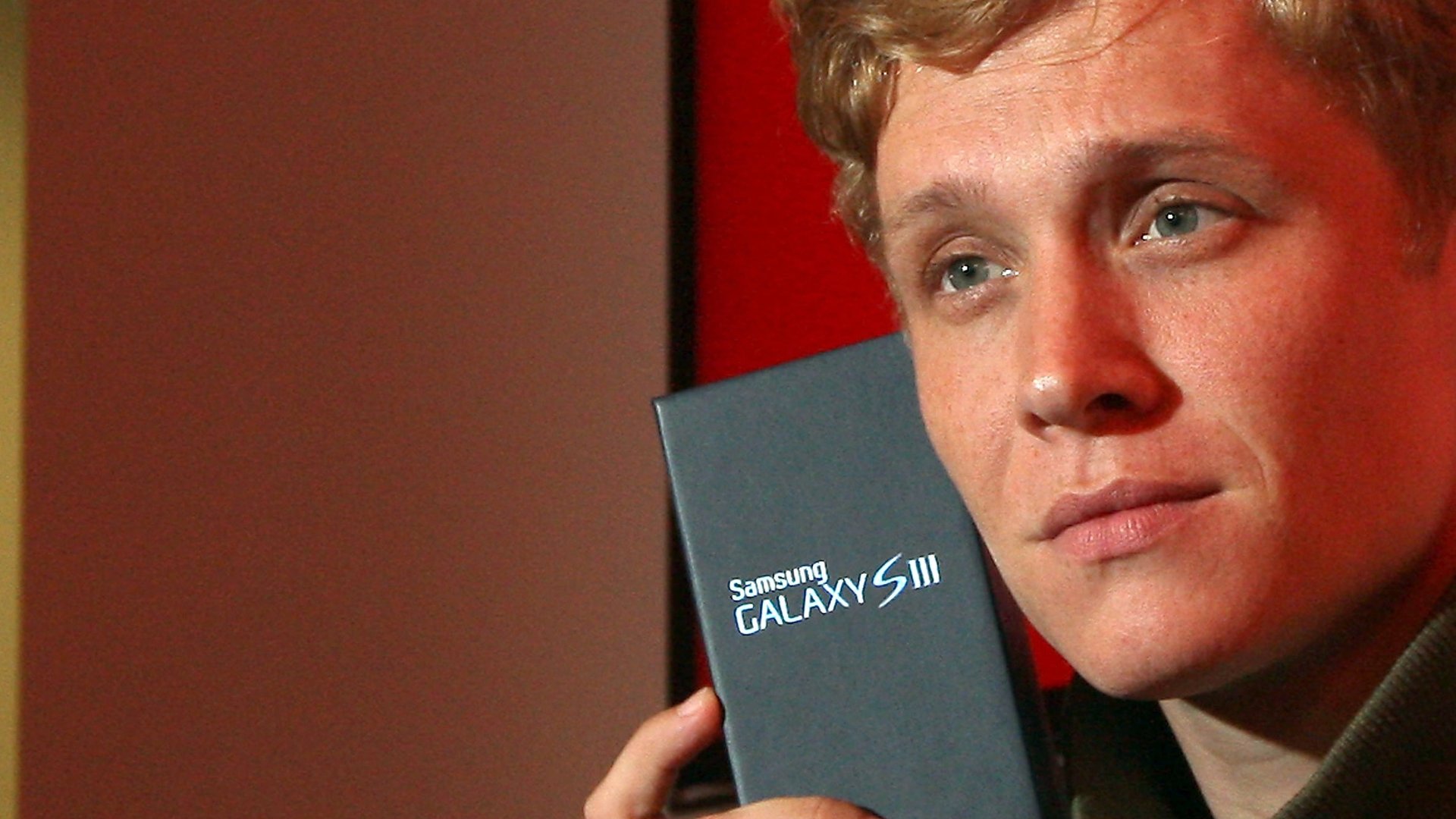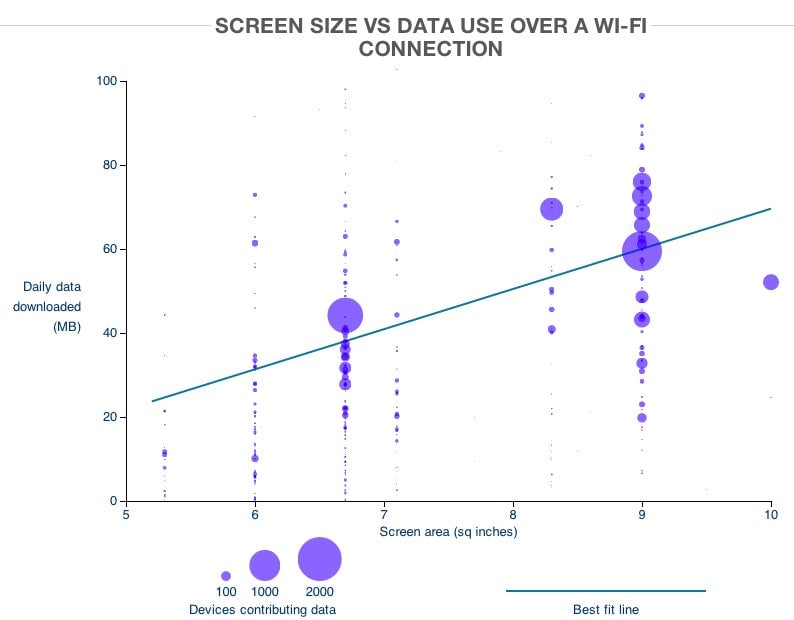Sorry everyone, but those ridiculously large phones are here to stay
Three bits of news over the past few days point to one inescapable conclusion: the enormous phones everybody loves to hate are going to become the world’s most ubiquitous computing devices over the next few months.


Three bits of news over the past few days point to one inescapable conclusion: the enormous phones everybody loves to hate are going to become the world’s most ubiquitous computing devices over the next few months.
First up IDC, a widely cited research firm, reports that shipments of “smart connected devices”— computers, tablets and smartphones to you and me—hit 1.2 billion units in 2012, a 30% jump from the previous year. The vast majority of those units were smartphones, making up 60% of the total. And according to IDC, Apple’s share of the market in the fourth quarter of the year came threateningly close to market-leader Samsung’s, thanks largely to the slightly larger iPhone 5 and the iPad Mini–though Apple still refuses to make the “phablet” devices sized somewhere between those two. (There is some debate about what is a “phablet”—or phone/tablet hybrid—and what’s just a big phone. At this point the distinction is almost meaningless.)
The other report comes from OpenSignal, an app-maker. For reasons that can best be summed up as curiosity, OpenSignal studied how screen size affects consumer data use. When it comes to data over a cellular connection, the relationship is weak. Data use increases only slightly. But when device-owners have access to Wi-Fi, they use a lot more data with larger-screen devices, suggesting that people use their big phones at home, work and in cafes and airports a lot more than they do little ones. Users with nine-square-inch devices gobble up twice as much Wi-Fi data as those with a six-square-inch device. Check out the big blobs at the nine-inch mark on the chart below—that’s the Samsung Galaxy S3.

Finally, Digitimes reported yesterday that Amazon’s Kindle smartphone, which is rumored to hit stores later this year, will no longer feature a 4.3-inch screen. Instead, it will ship with a 4.7-inch screen, just a shade under the Galaxy S3’s 4.8 inches. The reasons for this are obvious: the more time people spend glued to their phones, the more apps they are downloading, the more music they’re listening to, the more movies they’re watching and the more books they’re reading. In short, it’s that much more money they’re spending in app stores, which—for Amazon especially—is the whole point of the device.
All of which can only mean one thing. If OpenSignal’s study is accurate—and no doubt Amazon has conducted plenty of its own research—the mutant large-screen smartphone that Google’s Larry Page finds “emasculating” may soon be the norm.